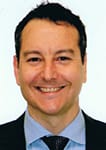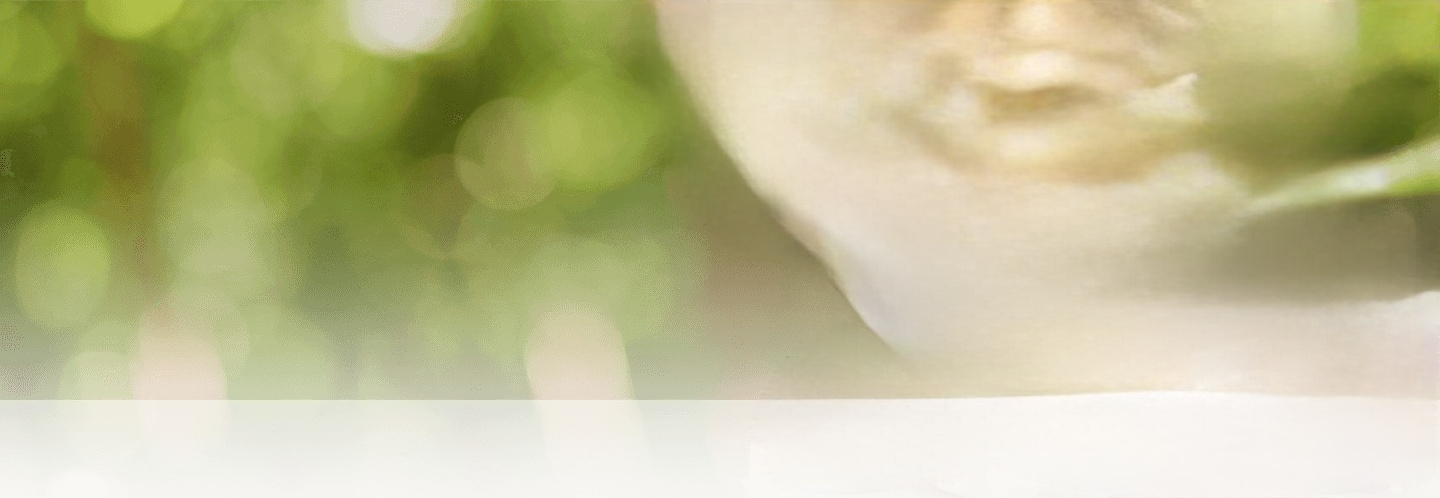Improving Your Look With Rhinoplasty in Sydney
 For some individuals the nose can mean a lifetime of unhappiness. It’s not a large part of our bodies but positioned in the center of our faces, the nose can draw undesired attention to our appearance. Not only can the nose be out of proportion with the other facial features, some people are troubled by difficulty breathing or post traumatic deformities. To remedy these problems, A/Prof Damian Marucci may recommend rhinoplasty.
For some individuals the nose can mean a lifetime of unhappiness. It’s not a large part of our bodies but positioned in the center of our faces, the nose can draw undesired attention to our appearance. Not only can the nose be out of proportion with the other facial features, some people are troubled by difficulty breathing or post traumatic deformities. To remedy these problems, A/Prof Damian Marucci may recommend rhinoplasty.
What is rhinoplasty?
Commonly known as a “nose job,” rhinoplasty may also be called nasal reshaping. During the procedure, the structure and shape of the nose is modified to provide a more pleasing and symmetrical appearance. It can address small portions of the nose, like the bridge, nostrils or tip, or can address the entire shape and size of the nose. Visible depressions and bumps in the nose or an upturned or bulbous tip of the nose can create undesired aesthetics that draw people to rhinoplasty.
Am I a good candidate for rhinoplasty?
 Rhinoplasty is a procedure that is recommended for individuals who are unhappy with the appearance of the nose. Alternatively, rhinoplasty can be used to treat underlying conditions that cause physical or aesthetic problems. Patients with difficulty breathing from a deviated septum or who have deformities caused by injuries like a broken nose may be recommended for rhinoplasty.
Rhinoplasty is a procedure that is recommended for individuals who are unhappy with the appearance of the nose. Alternatively, rhinoplasty can be used to treat underlying conditions that cause physical or aesthetic problems. Patients with difficulty breathing from a deviated septum or who have deformities caused by injuries like a broken nose may be recommended for rhinoplasty.
Patients who have reached full facial growth maturity are eligible for the rhinoplasty procedure. Ideally, patients should not smoke and should be of good overall health to promote proper healing after the surgery.
What should I expect during a rhinoplasty procedure?
Rhinoplasty in Sydney is a common outpatient procedure that does not require an overnight stay. Rhinoplasty surgery is performed under general anaesthesia. The procedure can be performed with an open or closed approach. The closed approach requires small incisions that are made inside of the nostrils to eliminate visible scarring. This approach is used for minor adjustments, typically of the bridge. Alternatively, the open approach requires a small stair-step incision at the base of the nose where it meets the upper lip. The open approach allows for more direct interaction to address more detailed concerns.
During the procedure, bone and cartilage are typically removed to reshape the nose. For some procedures, where major changes are made to the shape, cartilage may be added from the septum or ear to provide extra support and hide deformities. If the size or shape of nostrils are being addressed, small wedges of tissue would be removed. The surgical site is closed with dissolvable sutures. An external split and surgical tape are used to protect and support the fragile newly constructed nose.
What is the recovery process like for rhinoplasty?
Minor bruising and swelling is common after rhinoplasty and can affect surrounding areas as well. A black eye or two is not uncommon but all this fades over the subsequent weeks. Some patients may experience nasal congestion or headaches following the procedure. Because eyewear rests on the bridge of the nose, it should be avoided for a few weeks following surgery. Strenuous activities that cause unnecessary exertion should be avoided for two to three weeks, though most normal activities can resume after the first week. Activities should be generally restricted for six weeks following the procedure, especially sports or other activities that could result in nasal trauma.
You can see some of Dr Marucci’s before and after rhinoplasty results here.
 If you or someone you know is interested in rhinoplasty, contact the office of Dr. Marucci today. His friendly staff is available to schedule your consultation at 02 9588 6374.
If you or someone you know is interested in rhinoplasty, contact the office of Dr. Marucci today. His friendly staff is available to schedule your consultation at 02 9588 6374.

